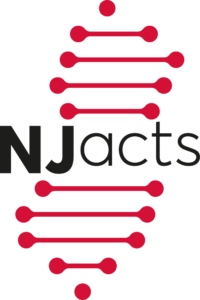 Please read Dr. Reichman’s article in Demography titled, “Welfare Reform and the Quality of Young Children’s Home Environments.“
Please read Dr. Reichman’s article in Demography titled, “Welfare Reform and the Quality of Young Children’s Home Environments.“
In the decade leading up to the current millennium, the United States saw unprecedented increases in low-income unmarried mothers’ employment rates. In 1992, before the 1990s welfare reforms (WRs), unmarried mothers aged 25–34 had a labor force participation rate of 66% and an employment rate of 58%. By 2000, when WR had been fully implemented, these figures increased to 80% and 75%, respectively. The reforms imposed time limits and work requirements as conditions for the receipt of cash assistance alongside other substantial expansions of work supports (most notably, the Earned Income Tax Credit [EITC]), contributing significantly to these trends. Although WR and the EITC have been fully implemented for decades, they remain in effect. Between 1992 and 2019 (the last pre-pandemic year), unmarried mothers’ labor force participation rate increased by more than 10 percentage points, and their employment rate increased by 13 percentage points. To read the full article.
Welfare Reform and the Quality of Young Children’s Home Environments. Kalil A, Corman H, Dave D, Schwarz-Soicher O, Reichman NE. 2023 Dec 1;60(6):1791-1813. PMID: 37905475 DOI: 10.1215/00703370-11037907
